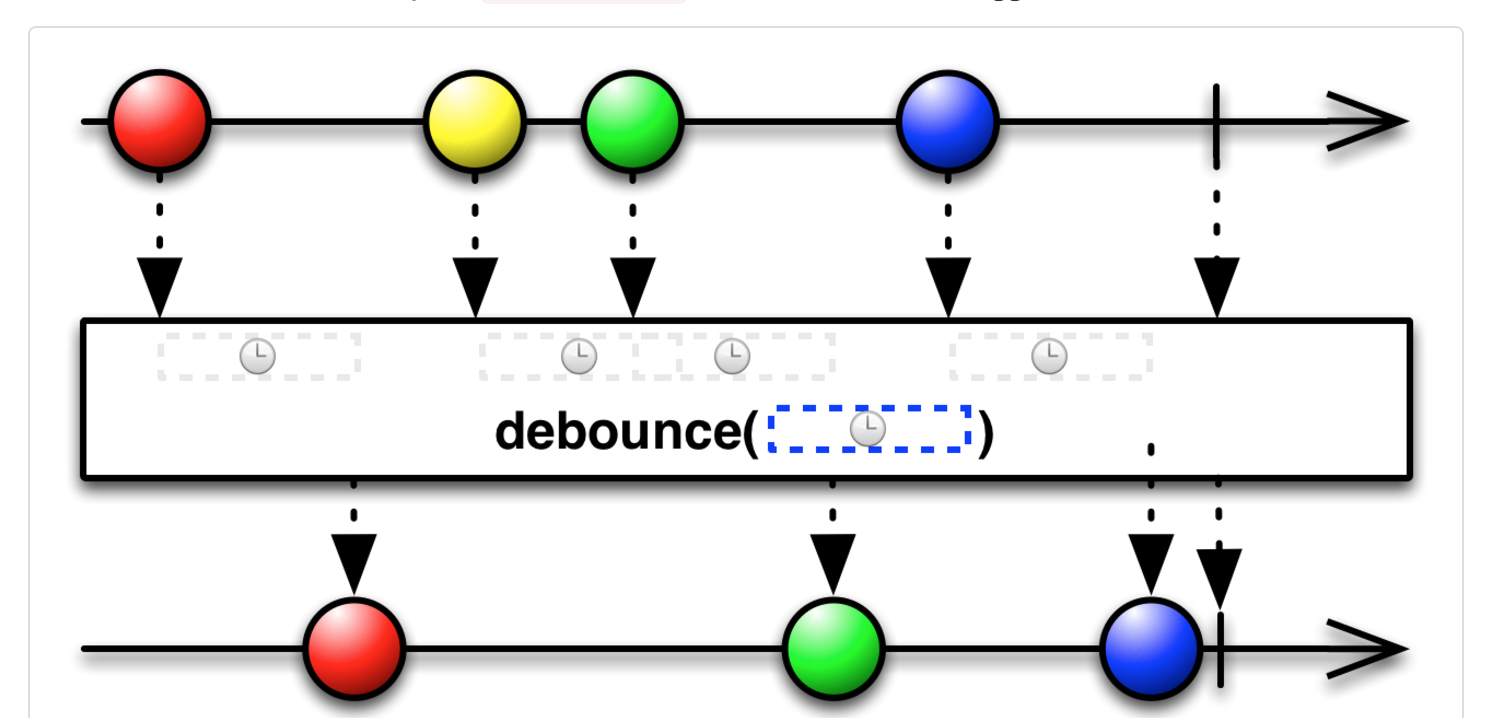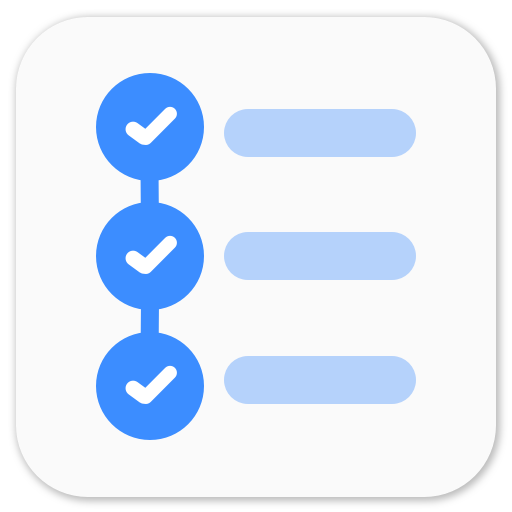A Note About RxJava Debounce Operator
RxJava has myriad operators that we can use to make our code simpler and our lives easier. I’m very insistent when it comes to EditText validations that we should not start validation process as soon as the user starts entering the text. I like to give the user a bit of time to think about what they want to enter. My strategy has always been that - as soon as the user stops typing, wait for 800 milliseconds, and start the validation or request calls.
One useful point to note about this is that if your app is making a network call (for search results, etc) and the user changes the query, it should cancel that call and fire another call based on some parameters. I used to do this using Handler.postDelayed() and Handler.removeCallback(). It was really tedious to do all this.
I started to look for some RxJava tricks that I could use and achieve this behavior. I tried few things which didn’t work very well. Also, I didn’t have much experience with RxJava at that time. I would just flatMap everything coming my way. I had tried using debounce once but for some reason it didn’t work out well so I rolled back to using the old Handler method.
Last night, I started listening to Fragmented Podcast and saw that there were couple of episodes about RxJava with Dan Lew. I listened to both of them intently. It wasn’t like a class where you’re taught about the basics, but just overall gist of RxJava. I realized that RxJava is a vast sea and I’m just swimming on the shore. I need to go deep. It turns out that even the pro android devs have had tough times with RxJava and the only way to master it is practicing it enough.
I decided to make an Rx implementation where I can validate forms using RxJava (and no Handlers). Why forms? Because forms have a lot of EditText and I just couldn’t stay defeated any longer. In those podcast episodes, they talked about a lot of different operators so I went through the notes and read up about the basic RxJava operators. I decided to use debounce.
What my understanding of debounce was
The debounce operator will keep emitting items after a certain time interval - This was my understanding of the operator. So if I were to attach a debounce operator to edittext value, I would keep getting data after exactly t seconds (similar to Buffer) which wasn’t ideal for the scenario, Regardless of this, I added a debounce operator and started logging the output. And, I was amazed!
What debounce actually is
From ReactiveX - Debounce the definition:
Only emit an item from an Observable if a particular timespan has passed without it emitting another item
What does this mean?
It’s difficult to put this definition in words. I’ll just go ahead and give a simple example. Let’s say the debounce interval is 200ms. The observable emits an item. The debounce operator takes this item and keeps it. The operator will set a timer to 200ms and start the countdown. 200ms has passed, debounce will send this item to the observer.
Observable emits another item. The operator will reset the timer to 200ms and start countdown.
Let’s say, the observable emits another item in 100ms. The debounce operator will get the item and it will reset the timer to 200ms and start the countdown. And probably the older item is discarded (I don’t know. I’m just assuming). Once the countdown completes, the operator will send the item to the observer. So after every item that the observable emits, debounce operator resets the timer and sends the latest item only when the countdown is finished. Here’s an image from ReactiveX docs.

So, here’s another thoguht. If I use a debounce operator with interval of 500 ms, and my observable emits items after every 499 ms, the debounce operator will never emit the item. To get some proof about this theory, I went to the docs page again where I can play with marble diagram and here’s what I got.

This is not as interactive as the docs (it’s a screenshot). So go ahead and check it out on the docs.
Wow, so I guess if there’s enough time between my last item and onCompleted event, debounce will emit the last item. But the docs also say that,
Note that the last item emitted by the source Observable will be emitted in turn by this operator even if the source Observable’s onCompleted notification is issued within the time window you specify since that item’s emission. That is to say: an onCompleted notification will not trigger a throttle.
This is a bit confusing, so I am assuming that the last item will always be emitted.
Whoa, this new found knowledge helped me a lot in making my Rx form validator and yeah, debounce it pretty kickass.
I have written a post about the form validation using RxJava which you can read here - RxJava for Form Validation
P.S. One operator at a time and soon I’ll be there, drowning in the lava of RxJava.
Playing around with Android UI
Articles focusing on Android UI - playing around with ViewPagers, CoordinatorLayout, meaningful motions and animations, implementing difficult customized views, etc.


